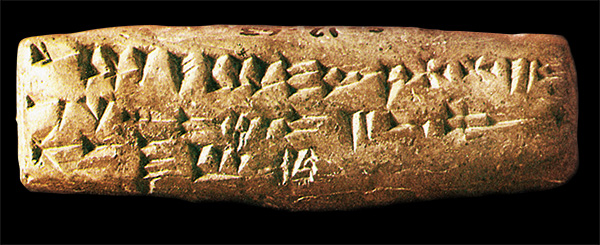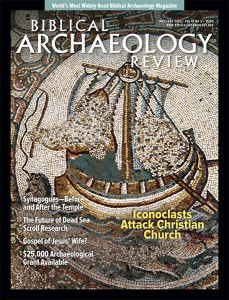
May 14, 1929. The first clay tablets from Ugarit were unearthed. These texts brought to light a new language—named Ugaritic after the ancient site—a relative of Biblical Hebrew. Ugaritic is a Northwest Semitic language written in cuneiform. Unlike other cuneiform languages, Ugaritic is alphabetic, meaning that its cuneiform symbols represented sounds—similar to the Latin alphabet—rather than words or syllables.
A vast archive of several thousand tablets—with everything from administrative documents and abecedaries to ancient poetry and mythological texts—was uncovered; the texts were written in numerous languages, including Egyptian hieroglyphs, Sumerian, Akkadian, Cypro-Minoan, Hurrian and Ugaritic. Since most theories about Canaanite religion have been developed based on these tablets, Ugaritic texts are sometimes referred to as the Canaanite Bible.
Already a library member? Log in here.
Institution user? Log in with your IP address.

